Do Bumble Bees Sting
"Do Bumble Bees Sting?" Ever wondered if bumble bees sting? The answer is yes, but it's not as straightforward as it seems. Bumble bees do possess stingers, but they're not naturally aggressive. They sting primarily in self-defense or to protect their colonies.
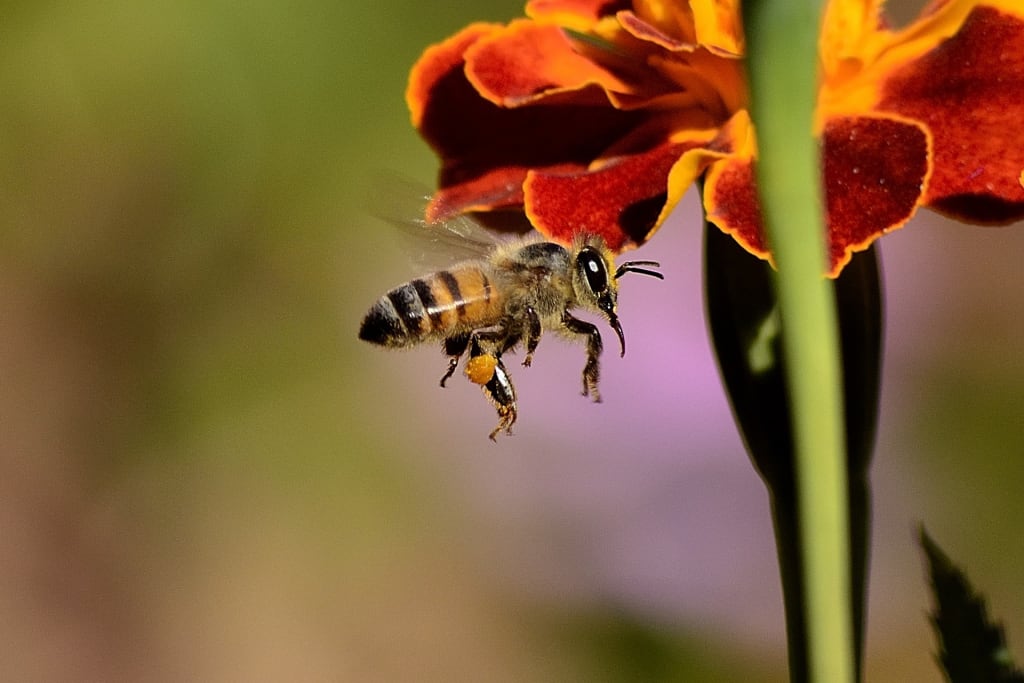
Bumble bees, those delightful, bumbling insects that grace our gardens and fields, often raise questions in our minds. One common inquiry is, "Do Bumble Bees Sting?" In this comprehensive exploration, we will journey deep into the world of bumble bee stings, uncovering the reasons behind their stinging behavior, and offering insights on coexisting harmoniously with these invaluable pollinators.
Do Bumble Bees Sting?
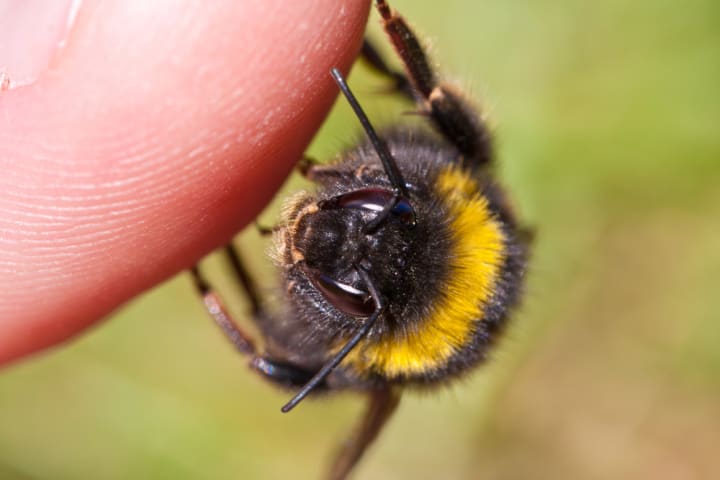
The answer to this age-old question is a definitive "yes." Bumble bees are equipped with a stinging mechanism akin to other bee species. This stinger, a modified ovipositor (an egg-laying structure), serves as their primary means of defense.
When and Why Do Bumble Bees Sting?
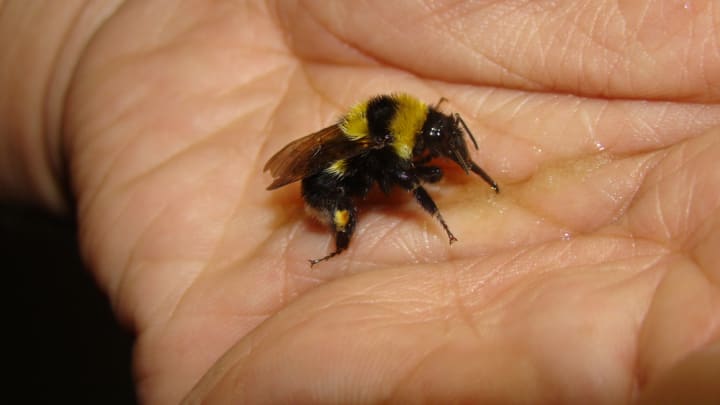
To truly understand bumble bee stings, it's crucial to delve into the circumstances and motivations that prompt these gentle insects to employ their stingers.
1. Defense Mechanism:
Bumble bees predominantly use their stingers as a defense mechanism. The question, "Do Bumble Bees Sting," often relates to scenarios of self-preservation or protection of their colonies. They are more likely to use their stingers when they perceive a threat or provocation.
2. Physical Agitation:
Any form of physical agitation, such as swatting at a bumble bee or handling it roughly, can trigger a sting. It's important to note that these actions are interpreted as threats, provoking a defensive response.
3. Accidental Encounters:
Stepping on a bumble bee accidentally can also lead to a sting. In such cases, the bee interprets it as a life-threatening situation, and stinging becomes a last-resort defense.
4. Nest Protection:
Bumble bees become particularly vigilant when safeguarding their nests, especially during the breeding season. If you venture too close to their nesting site, they may construe it as a danger to their colony and react defensively.
Bumble Bee Behavior: Understanding the Inner Workings
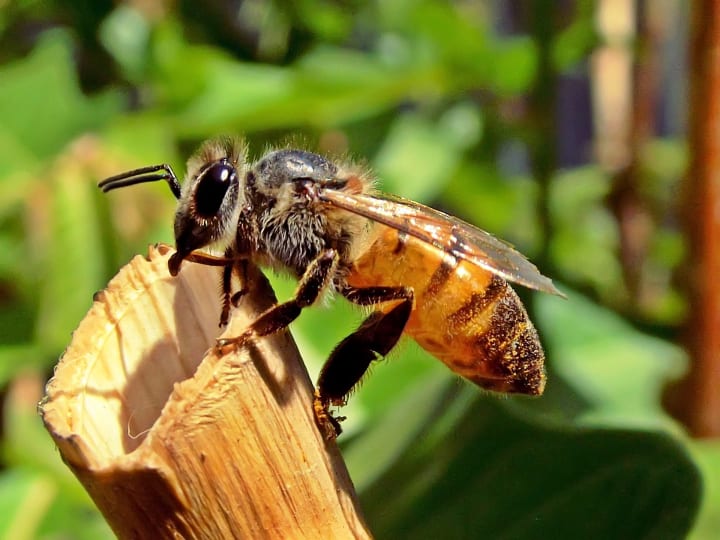
To truly appreciate the world of bumble bees, it's essential to delve into their behavior and lifestyle. These aspects shed light on why and when they might resort to stinging.
Bumble Bee Colonies:
Bumble bees, similar to honey bees, live in colonies. A typical bumble bee colony consists of a queen, worker bees, and male bees. The queen is responsible for laying eggs and establishing the colony. Worker bees, females, are responsible for foraging and defending the nest, while male bees, known as drones, have the sole purpose of mating with the queen.
The Life Cycle of a Bumble Bee:
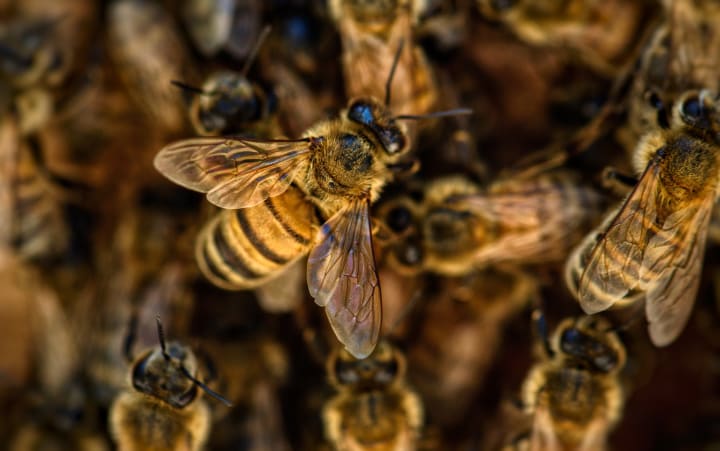
Understanding the life cycle of a bumble bee provides insights into their behavior. The life cycle typically includes the following stages:
1. Queen Emergence: In early spring, a young mated queen emerges from hibernation. She searches for a suitable nesting site to begin a new colony.
2. Nest Establishment: Once the queen finds a suitable location, she establishes a nest and begins laying eggs. These eggs hatch into worker bees, who then take over foraging and defense duties.
3. Mating and Colony Expansion: As the colony matures, the queen produces male drones and new queens. These queens and drones leave the nest to mate. After mating, the male drones die, and the newly mated queens hibernate to start new colonies in the following spring.
4. End of Colony Cycle: By late summer or early fall, the bumble bee colony reaches the end of its cycle. The queen lays eggs that develop into new queens. Once these new queens leave the nest, the remaining colony members, including the old queen and worker bees, die.
Bumble Bees and Pollination: Nurturing Our Ecosystems
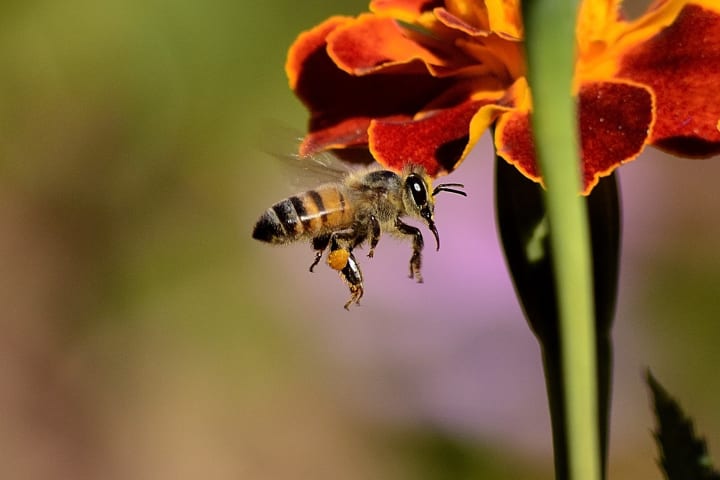
Beyond their stinging behavior, bumble bees are renowned for their critical role in pollination. They visit flowers to collect nectar and pollen, inadvertently transferring pollen from one flower to another, facilitating the fertilization of plants. This process is essential for the production of fruits, vegetables, and other crops.
Bumble Bees and Agriculture:
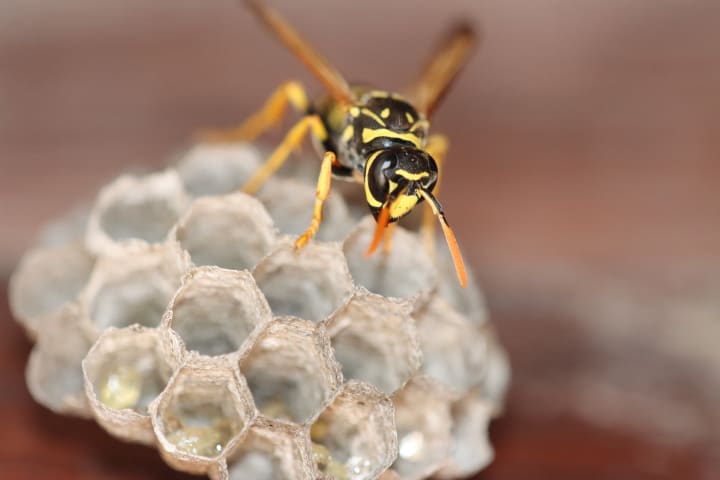
Bumble bees play a vital role in agriculture. They are known as "buzz pollinators" because of their unique ability to vibrate their wing muscles, dislodging pollen from flowers. This specialized pollination technique is particularly important for crops like tomatoes, peppers, and eggplants.
Conservation Efforts: Protecting Our Bumble Bees
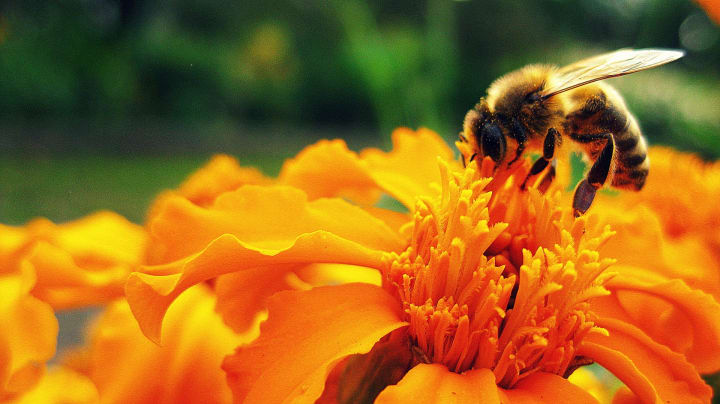
In recent years, there has been growing concern about the decline of bumble bee populations. Loss of habitat, pesticide use, and climate change are among the factors contributing to their decline. Conservation efforts are underway to protect and preserve these essential pollinators.
Conclusion: Embracing Bumble Bees and Their World
The question, "Do Bumble Bees Sting," leads us on a captivating journey into the world of these gentle yet industrious insects. While they do possess stingers, bumble bees are not naturally aggressive. Understanding their behavior and ecological significance allows us to appreciate their role in our environment.
As we encounter bumble bees in our gardens and fields, we can now answer the question confidently: yes, they do sting, but only when
About the Creator
Enjoyed the story? Support the Creator.
Subscribe for free to receive all their stories in your feed. You could also pledge your support or give them a one-off tip, letting them know you appreciate their work.





Comments
There are no comments for this story
Be the first to respond and start the conversation.